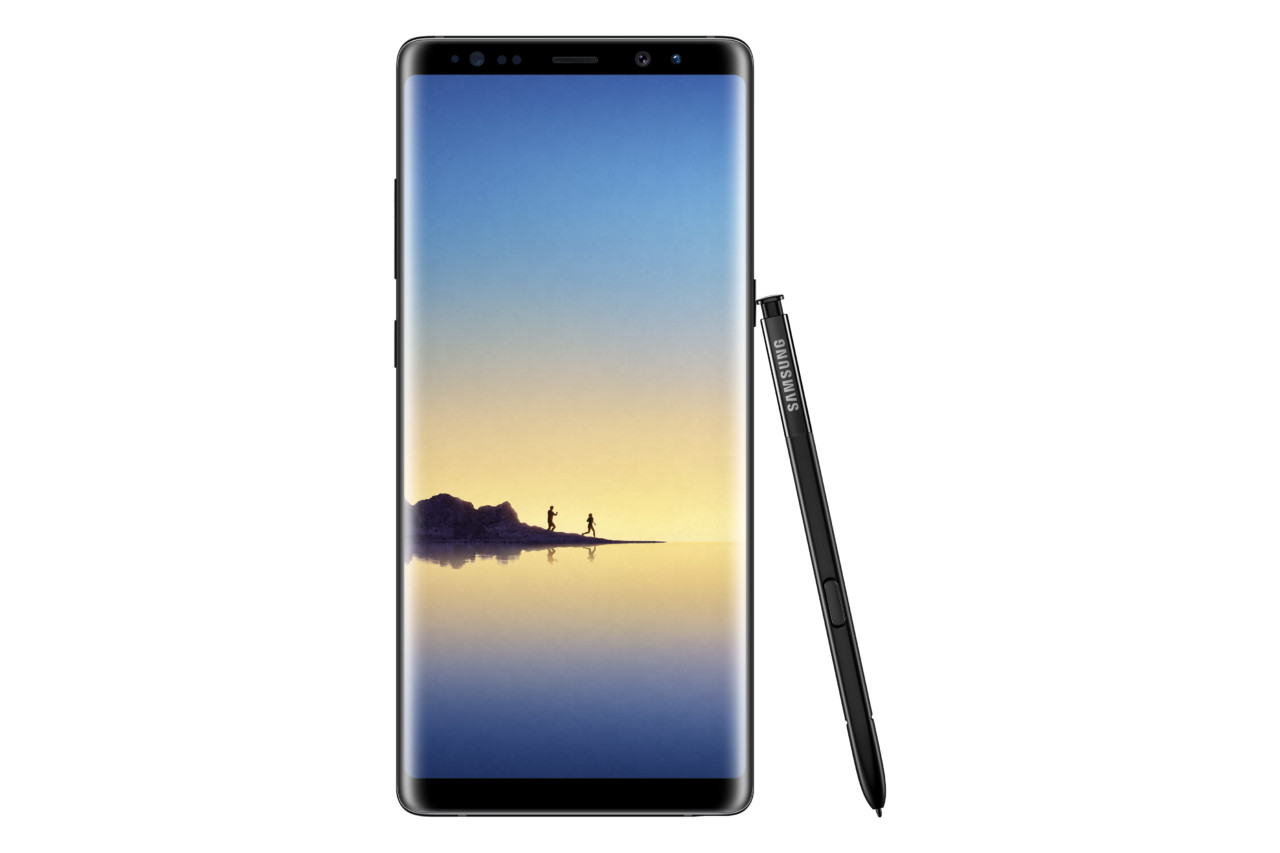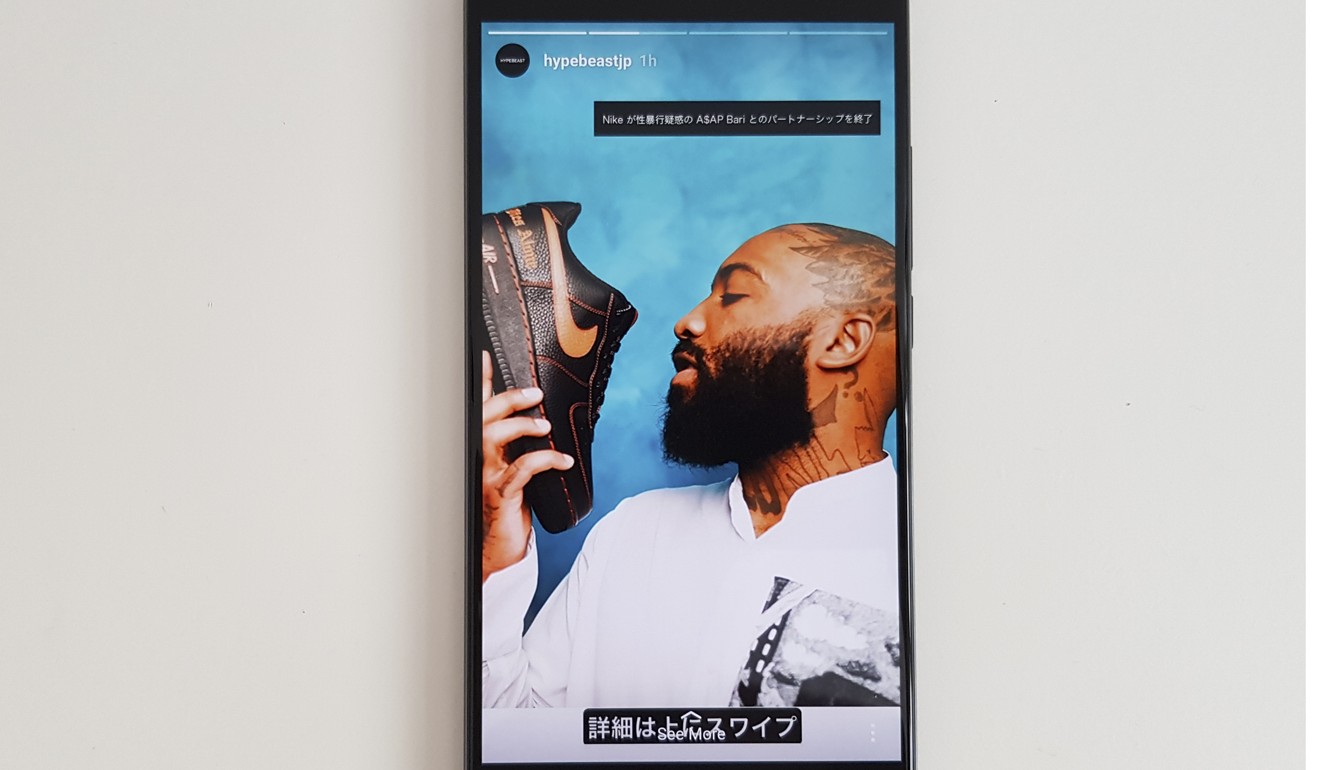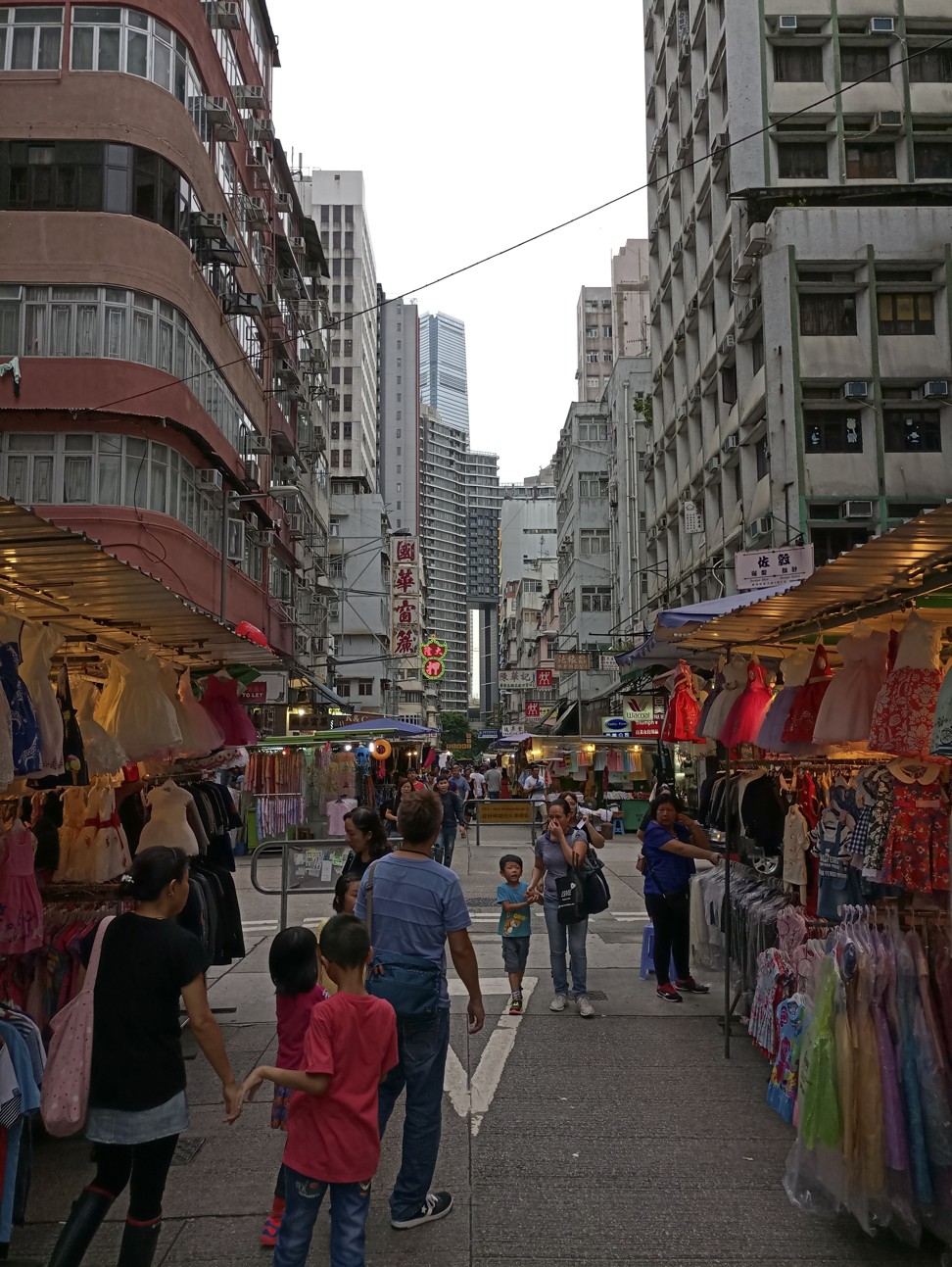Escalating efforts to repatriate one of the ruling Communist Party's most wanted exiles, Chinese police have opened an investigation on a new allegation, rape, against New York-based billionaire Guo Wengui, who has been releasing what he calls official secrets ahead of a pivotal party leadership conference.
Two Chinese officials with direct knowledge of the investigation told The Associated Press that police are requesting a second Interpol arrest notice for Guo, 50, for the alleged sexual assault of a 28-year-old former personal assistant.
Guo and his representatives did not respond to repeated requests for comment, though Guo told a Chinese news outlet Friday the rape allegations were a Chinese government ploy to silence him.
The rape allegation represents a new element in the sprawling case that Chinese prosecutors are building against the real estate tycoon, who is being investigated for at least 19 major criminal cases. Allegatio ns against him include bribing a top Chinese intelligence official, kidnapping, fraud and money laundering.
The Associated Press reviewed documents related to the rape investigation and confirmed their contents with Chinese official sources in Beijing, who requested anonymity to discuss an ongoing case. The Chinese officials' disclosures to the AP — an unusual move given the political sensitivity of Guo's case in China — underscores Beijing's urgent effort to not only bring a fugitive to heel on criminal charges but also silence a potent irritant in the run-up to a key Communist Party congress during which political stability and the stifling of any challenges to the party head, President Xi Jinping, are paramount.
Although the United States does not have an extradition agreement with China, Beijing hopes that a mounting body of evidence could sway the U.S. government against extending the exiled businessman's visa, which is believed to expire in October, the Chinese officials said.
Senior U.S. and Chinese officials have discussed the allegations against G uo, according to a third person with direct knowledge of the talks. The Chinese officials are asking the U.S. to cancel Guo's visa, according to the person, who spoke on condition of anonymity because they weren't authorized to disclose the discussions.
It's unclear what steps Washington plans to take, if any. The White House would not comment on the matter.
The Guo saga highlights how China's efforts to repatriate elite Chinese seeking refuge on American soil have become increasingly contentious. The U.S. government has often refused Beijing's demands to extradite corruption suspects, citing flimsy evidence and China's opaque justice system. But the U.S. has sent back two Chinese fugitives in the past three months, including one suspected of rape.
In recent months, Guo has become a widely followed — and, in the eyes of China's leadership, highly destabilizing — social media presence by serving up sensational, if mostly unverifiable, tales of corruption and scandal within the Communist Party's innermost sanctum, including among Xi's closest allies.
In a daily stream of Twitter posts and YouTube videos tracked by Chinese who follow political gossip, Guo has revealed what he claims are everything from top leaders' secret homes in California to their bank account information and hidden stakes in busin ess empires. He has vowed to continue airing the party's secrets until China unfreezes his assets and releases his relatives who have been detained by authorities, he says, as leverage against him.
Pressure on Guo has been building since April when Interpol issued a "red notice" seeking his arrest on corruption-related charges. Chinese authorities later sentenced several of his employees for fraud in June.
Police in central China opened the rape investigation July 5 after a former employee came forward, the officials said.
In interviews with police, the woman described how she was plucked from her human resources position at Guo's real estate company in Hong Kong in 2015 and sent overseas to become his personal assistant. The woman, whose identity is being withheld by the AP, said that over the next two years, she was raped several times in New York, London and the Bahamas by Guo, who she said demanded sex from female employees as a test of their loyalty.
At times, she said, she languished in virtual detention after Guo's staff confiscated her smartphone, computer, passport and keys and forbade her from leaving her room in his luxury apartment in the high-end London neighborhood of Belgravia. To prove her case, the woman surreptitiously met a lawyer friend in London earlier this year to give a written statement about her ordeal and kept her underwear, pregnancy tests and abortion pills as evidence, according to police documents.
In a brief phone interview with the AP arranged by Chinese officials, the woman confirmed the account and described fleeing Guo's apartment to the Chinese Embassy in London in April to apply for a new passport before returning to China. She said she was speaking of her own volition and that police had assured her she could bring charges against Guo without facing repercussions for having worked for a highly sought-after fugitive.
"I just want him to face justice for what he did to me," she said .
Calls to Guo's mobile phone since Tuesday evening in New York rang unanswered. Guo also did not respond to multiple requests for comment sent by an AP reporter to his WhatsApp mobile messaging account since Tuesday. Lawyers representing him at the New York firm Boies Schiller Flexner did not respond to requests for comment.
In a livestreamed interview early Friday with Mingjing News, a Chinese-language overseas news outlet blocked in China, Guo said the rape allegations were "100 percent baseless."
"If I really raped (the accuser) repeatedly, why didn't she accuse me in New York after the first time, where the law is stronger? Why in China?" he said, adding sardonically that it would have been "great" if he had been detained by police and kept in the U.S.
Guo also acknowledged he received an AP request for comment two days ago and did not respond. "I wanted them to publish," Guo told Mingjing.
Interpol declined to comment about the latest warrant China is seeking for Guo's arrest, referring questions to national authorities as is the policy in ongoing investigations.
Born into poverty in central China, Guo transformed himself from a humble gasoline speculator into a real estate mogul who jet-setted with the likes of former British Prime Minister Tony Blair. Key to his spectacular rise, according to investigative profiles in Chinese media, was an ability to befriend officials in China's powerful security apparatus who helped him intimidate business rivals, secure deals and gain insights into the secret lives of the Chinese elite.
In one instance, according to these reports, Guo won the rights to build the iconic Pangu tower in 2006 as part of Beijing's Olympics development project by working with Ma Jian, who later became China's chief of counterintelligence, to obtain a sex tape of a Beijing vice mayor who had blocked Guo's initial bid.
In 2015, anti-corruption investigators detained Ma and later accused him of accepting $8.8 million in bribes from Guo, who fled the country. Prior to that, Guo had enjoy ed a mutually beneficial relationship with China's intelligence service, even helping to repatriate overseas fugitives, he later said in his YouTube videos.
Guo in 2015 hired American private investigators to fan out across the U.S. to look for Ling Wancheng, the fugitive brother of a disgraced top aide to a former Chinese president who possibly sought to defect, a person involved in that search effort told the AP. The person was legally barred from discussing the case publicly and spoke on condition of anonymity.
Months later, Chinese agents arrived in the U.S. to search for Ling in a covert operation that angered U.S. officials, underscoring how the issue of politically connected Chinese fleeing to the U.S. has strained relations.
"With political cases such as Ling Wancheng and Guo Wengui, the U.S. seems reluctant to send them back because both have valuable classified information about the top echelons of the party," said Willy Lam, an expert on Chinese polit ics at Chinese University of Hong Kong. "This phenomenon is a big plus for the CIA and FBI."
Lam said that although it is unlikely that Washington would send Guo back given his intelligence value, President Donald Trump "could potentially play the 'fugitive card' to put pressure on Beijing to make concessions on issues ranging from trade to North Korea."
The prospect of becoming a bargaining chip has worried Guo, according to a leaked audio recording of a meeting he held earlier this year with former U.S. Secretary of Homeland Security Jeh Johnson, who offered to lobby the Trump administration for a visa extension.
A spokeswoman for Paul, Weiss, Rifkind, Wharton & Garrison, the law firm where Johnson is partner, said a meeting between Guo and Johnson "several months ago about a possible representation appears to have been recorded and released," but the firm ultimately did not take on Guo as a client.
"I want to help you," Johnson says in the edited r ecording that recently surfaced online. "I am the only member of Barack Obama's Cabinet that has met with Donald Trump."
In the recording, Johnson suggests Guo meet with FBI agents and consider donating to human rights organizations to strengthen his case to remain in the U.S. After Guo expresses concern that Trump had already "made a deal" with the Chinese, Johnson and an unidentified woman who appears to be a Guo adviser quickly assure him that Trump would not give him up.
"He would be violating your rights," Johnson says, while the adviser points out that Guo, who goes by the name Miles Kwok, should also consider his membership in a Trump resort in Florida as a factor working in his favor.
"Miles is a member of Mar-a-Lago," she says, before Guo bursts into laughter.
___
AP writers Lori Hinnant in Paris and Julie Pace in Washington contributed to this report.
Copyright 2017 The Associated Press. All rights reserved. This material may not b e published, broadcast, rewritten or redistributed.
Source: AP Exclusive: China accuses outspoken tycoon in US of rape












